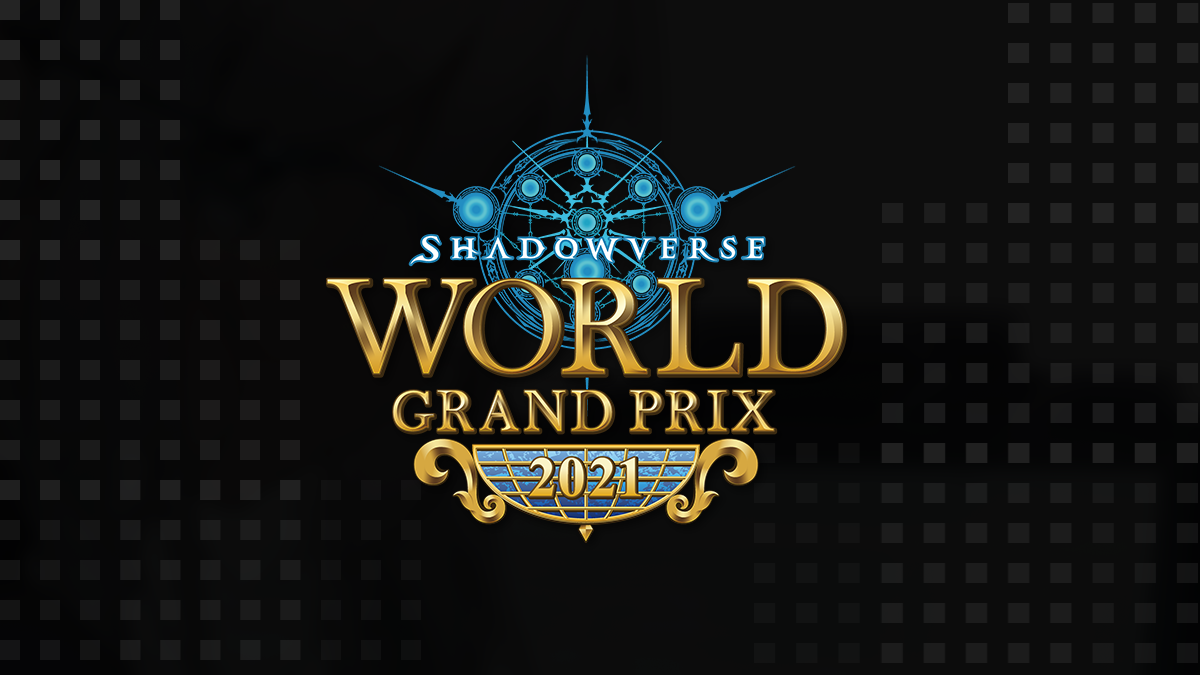$1 million dollars. The chance to face off against the world's best, and cement your place in Shadowverse history. Every competitive Shadowverse Player has dreamed of it at least once.
But someday the dream will end. One of my favourite songs from Final Fantasy, but hopefully not our inevitable future.
While many players were disappointed with the initial delay and cancellation of World Grand Prix, they ultimately understood. After all, Japan itself was on lockdown for many years, one of the many countries that had struggled against the threat of the coronavirus. But hope quickly turned into despair, as there was no sign of its return in 2023, even after borders had reopened in 2022.
One theory is that the World Grand Prix is only temporarily absent because of how long it takes to plan global events. Despite the borders being opened in October 2022, it may not have been feasible for them to lock in WGP 2023 with such short notice. This article operates under the assumption that WGP may not return, even in 2024.
The reason people compete
Players compete in Shadowverse for three key reasons. Money, accomplishment, and fun. For most, it's a combination of all three factors, and any one of them being lessened will have a major impact on whether to compete and how much effort to allocate.
Monetary perspective:
From a purely monetary perspective, consider the following: In 2023, the maximum amount of money any single player can win from the Shadowverse Open is $13900 USD. In reality, nobody is capable of winning every tournament, so the most a player can reasonably expect to earn is a small fraction of that amount.
In 2021, a player could win up to $2,012,300 USD if they won every single tournament. Notice the difference?
Logically speaking, the player base will not put in the same amount of effort to win a circuit with a maximum prize pool of $13,900 USD compared to $2 million dollars.
Of course, I am not saying that we must have million-dollar prize pools to incentivise players. Not at all! But there must be a middle ground where players are adequately incentivised to try their hardest.
One major concept to note is that the 2023 prize pool incentivises people differently based on region. For example, the average cost of living for a single person in India is $335 per month. In contrast, for Australia, also in the SEAO region, the average cost of living is triple this, at $1062.
Another way of looking at this is that the Indian average salary is 31,900 Indian Rupees, $384 USD. The average salary in Australia is roughly $4,900 USD a month.
While the numbers will vary from country to country, the point is extremely obvious. The prize pool may be the same for each player in the SEAO region, but how much it means to each region will be entirely different, which affects the level of competition dramatically.
As it stands currently, players from first world countries, such as Australia, the USA or various European countries are far less incentivised to try their best (and in some cases, at all) during these non-WGP years. However, when the grand prize for the year caps out at an extremely large sum of money, such as the WGP of past years, the gap between regions is minimised. After all, 1 million USD is a lot of money, no matter which country you are from.
While India may seem like an extreme example, one of the top leaderboard players is playing from India, and one of my (now retired) teammates is the same. But frankly, you can interchange the example with any country you want, the point remains, in 2022 and 2023, players from first world countries simply care less.
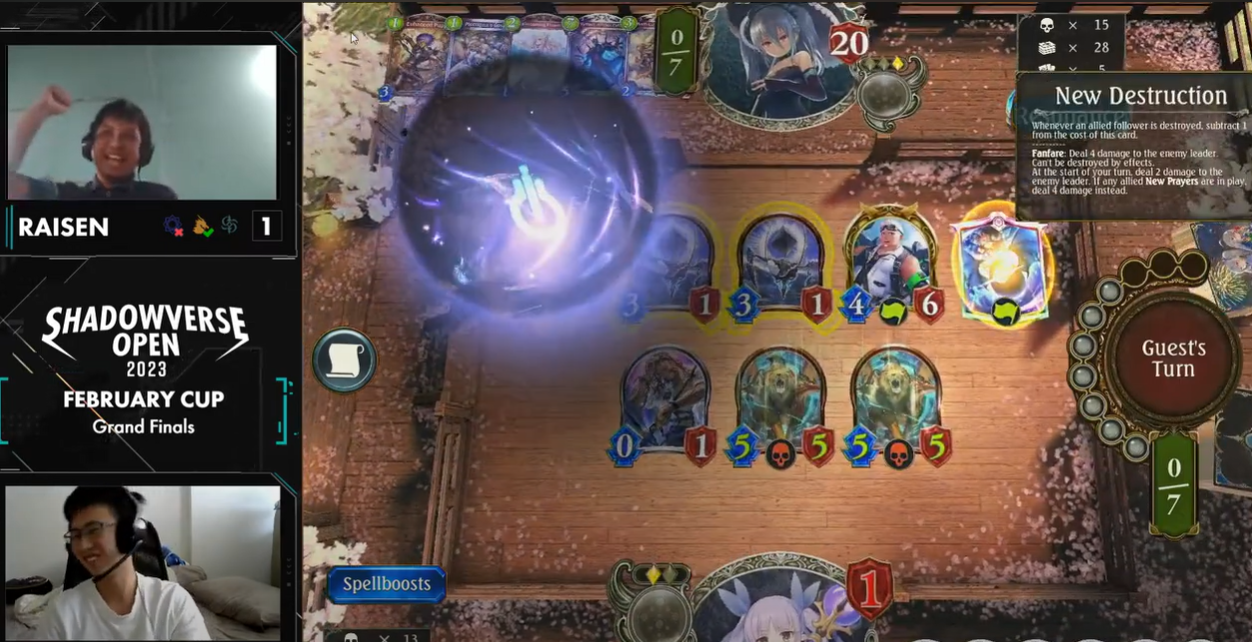
Pictured: Raisen winning the February 2023 SVO
Achievement perspective
Who's the best player in the world?
It's a question that can't be answered without the World Grand Prix.
As a WEST or SEAO player, you cannot compete in RAGE, and without being able to compete in RAGE, nobody will acknowledge you as the best player in the world. Even if you hypothetically were.
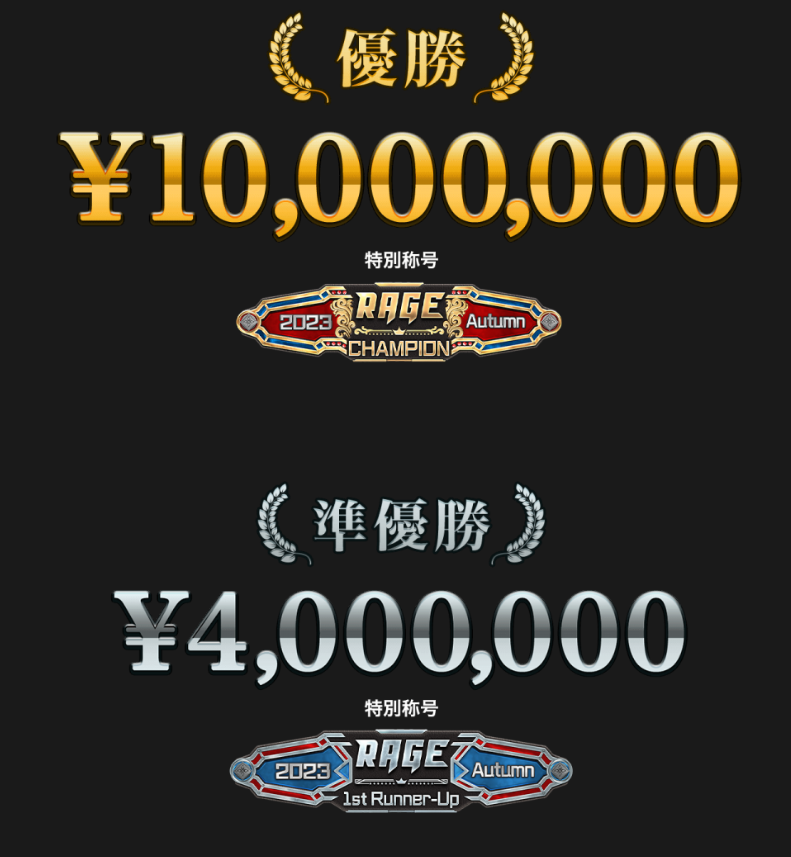
Pictured: RAGE tournaments have prize pools with $68,000 USD for first place, 5 times higher than the maximum amount any SVO player can earn in a year. There are 4 RAGE tournaments a year.
In other words, we can only hope to prove how good we are in the context of SEAO or WEST. Now to be fair, it's still an achievement to be the best player in SEAO or WEST, but plenty of players have already proven themselves in this context, often over several years. Without something new to strive towards, competitors will eventually lose their drive and consider retirement.
If many top competitors retire or try less hard than they would under a World Grand Prix year, then logically, it diminishes the accomplishment of "being the best player in SEAO/WEST" in any year without a World Grand Prix. It is through absolutely no fault of Memelegends or Laif that their greatest year of SVO will be forever tainted by the lack of a World Grand Prix event, but as many of us have learnt to say, it is what it is.
Fun perspective
Generally speaking, the more fun the game is, the more likely people will be to play tournaments.
However, it goes without saying that very few will commit their weekend to a 7-round tournament in the absence of a worthwhile prize pool, but at the same time, many people won't bother with a decent prize pool tournament if the game is unenjoyable to play.
The three factors are intertwined
When considering motivations to play the game on a competitive level, they cannot be viewed in isolation from one another.
Money is intrinsically tied to achievement. Winning a tournament with a 1 million dollar prize pool is inherently a larger achievement than winning a tournament with a $5,000 prize pool.
Achievement is tied to fun. If very few people enjoy the game, then less people will play tournaments. If there's fewer people playing tournaments, then winning those tournaments is inherently less of an achievement.
Fun is tied to money and achievement. If players are practicing hard for high-profile, high-prize pool tournaments, it will result in high-level gameplay that is rarely seen outside of tournament play. In other words, it's more fun to play against the best and strive towards becoming #1.
This is not an exhaustive list, by any means, but the point is that these three factors are all tied to each other, and the lack of the World Grand Prix has a tangibly negative effect on the ecosystem.
Real-world examples of the impact of a world without a WGP
A general level of apathy has taken hold over the competitive community in 2022 and 2023. We saw the retirement of high-profile players like Hishiro, Dulan and Crisome from the scene. We now see players appearing on broadcasts for SEAO and WEST, sacrificing their leaderboard points, which is something that would be almost unthinkable for competitors that have a realistic chance of qualifying for World Grand Prix.
From my personal observations and conversations with players from the community, it's clear that the lack of World Grand Prix has had a tangible impact on the level of competition in SEAO and WEST.
Of course, there are still several players that continue to invest a significant amount of time into the game, and have seen strong performances as a result, but it's unfortunate that their strong results in the past two years will also be diminished due to the lack of World Grand Prix. After all, they cannot refute the legitimate question of if they could have accomplished the same results with WGP on the line.
It can also be observed that in the past three years of monthly SVO tournaments (2022 had a unique quarterly format), the player numbers have decreased quite significantly, further emphasising the impacts of no WGP on competitive play.
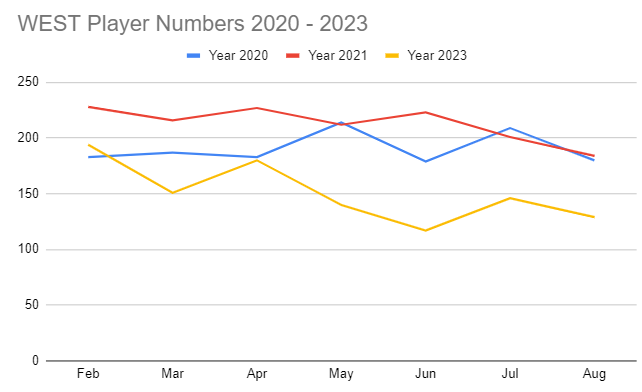
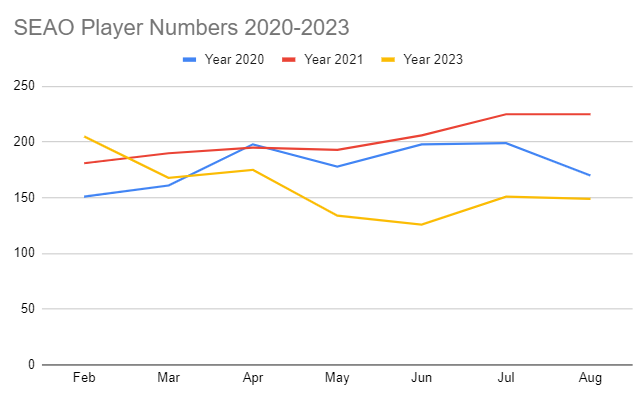
What are the solutions?
It's one thing to identify a problem, but it's another to provide a tangible solution.
While the immediate answer in most people's minds is to reinstate the WGP, complete with a one-million-dollar prize pool, it may be an inefficient usage of resources.
After all, the accomplishment factor doesn't require a one-million-dollar prize pool World Championship. Nor does the money factor require a $1,000,000 prize pool for people to want to try their best. RAGE's $60,000 USD first-place prize is proof of that.
Based on the recent Japan Invitationals, we also know that Cygames is willing to print exclusive promo cards for high-level events. The one-of-a-kind alt art Alice promo for Shadowverse Evolve is the envy of all Shadowverse Evolve players and would sell for a pretty penny on the market. And in terms of sustainability, it doesn't require Cygames to do much more than pay an artist for a single piece of work.
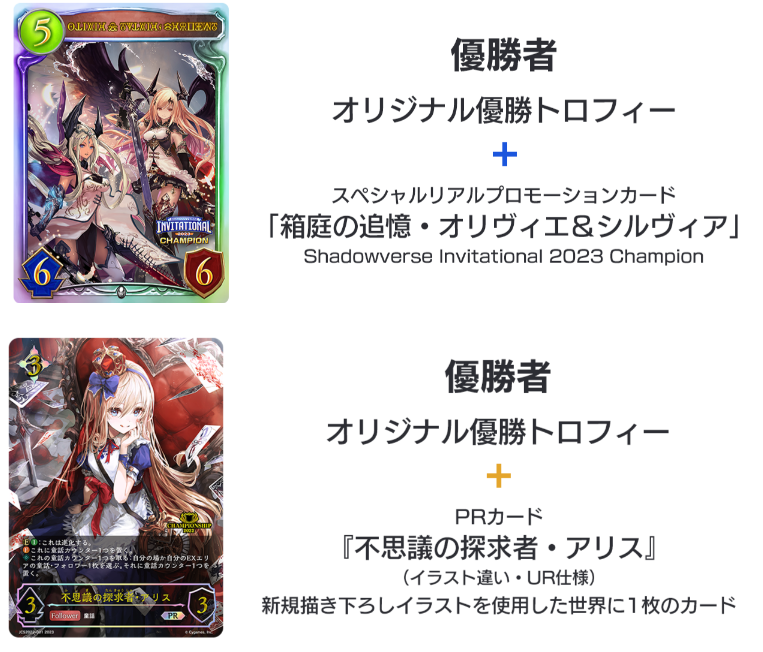
In fact, the only real costs to bringing back WGP are the venue costs, broadcast rates, travel/accommodation for players and prize pool (which we earlier established doesn't need to be anywhere near $1mil).
The upside? Player retention, global excitement from fans (including players within Japan), long-lasting narratives, and a powerful marketing tool, to name just a few.
Frankly, the return of the World Grand Prix is long overdue, and in this author's personal opinion, just common sense.

